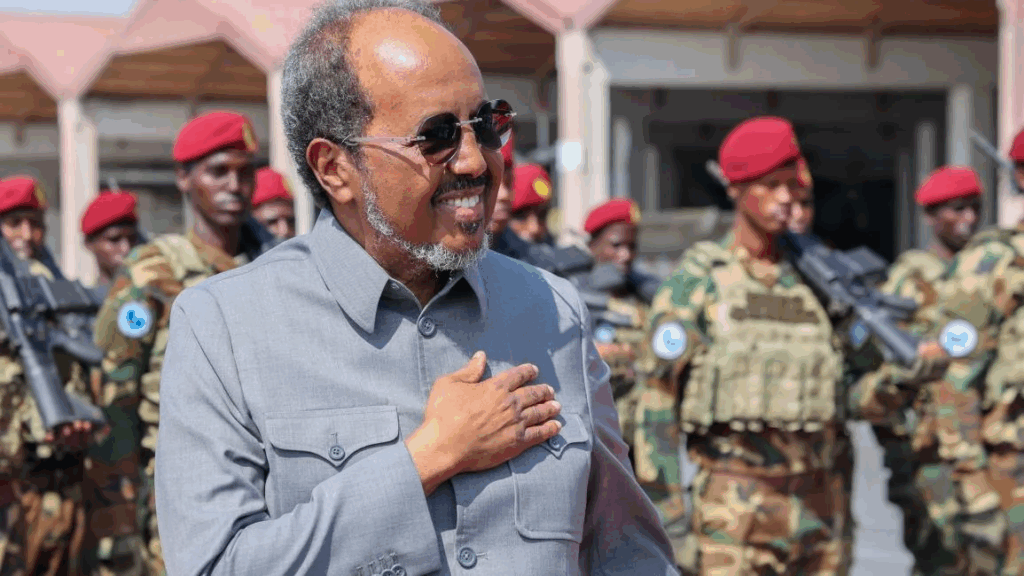In the heart of Galgaduud, central Somalia, more than 100 families who lost their livestock to devastating droughts have found a new path to survival—shifting from pastoralism to farming.
In areas such as Fargoy, Duduma-Adi, Elanle, Marargur, and nearby displacement camps, Somali women farmers are turning hardship into opportunity.
This is by producing vegetables and grains that supply markets in Dhusamareb and neighboring regions.
Their agricultural efforts have provided a stable income that covers food, education, and essential healthcare.
International Organizations Role in Central Somalia
International organizations, including the Norwegian Refugee Council (NRC), are playing a key role in supporting this transformation.
By providing seeds, tools, and agricultural training, these initiatives have helped increase the number of farms in the region to over 400.
According to Hirsi Farah Osman, head of the Dhusamareb Farmers’ Cooperative, local production has reduced reliance on food imports from southern Somalia and contributed to lowering prices.
However, he emphasized the urgent need for investment in deep-water wells to ensure sustainable farming.
Women Farmers Harvests
The stories of women farmers highlight both resilience and hope.
Adar Abdi Osman, who lost her livestock last year, turned to farming and managed to harvest five seasons in just over a year, earning nearly $1,000.
This income allowed her to support her six children and elderly mother, providing three daily meals after years of surviving on just one.
Similarly, Naima Ali Ibrahim, displaced from Lower Juba in 2021, joined a local farming cooperative.
She has since achieved six harvests, earning around $300 monthly to support her ten children after years of extreme poverty.

Importance of Agriculture in Somalia
Agriculture has long been one of Somalia’s traditional economic pillars, with more than 60% of the population depending on it.
Yet, climate change and armed conflict have severely damaged the sector, fueling widespread displacement and food insecurity.
According to the National Disaster Management Authority, 4.4 million Somalis are facing acute food insecurity, and over 100,000 people have been displaced since June due to armed clashes and clan disputes.
The agency also reported that food insecurity has risen by 29% since the start of the year, driven by prolonged droughts and shrinking international aid.
With the Right Support, Local Communities Transform Despair into Hope and Stability
Somalia is now ranked among the world’s most climate-vulnerable countries, having endured its worst drought in four decades followed by destructive floods.
More than half of the population relies on humanitarian assistance, yet limited funding and insecurity continue to block aid delivery, particularly amid ongoing conflict with Al-Shabaab.
The United Nations has urged the international community to provide urgent support to avert an “imminent humanitarian catastrophe.”
Despite these challenges, the farming initiatives in Galgaduud showcase the strength of community-driven resilience.


